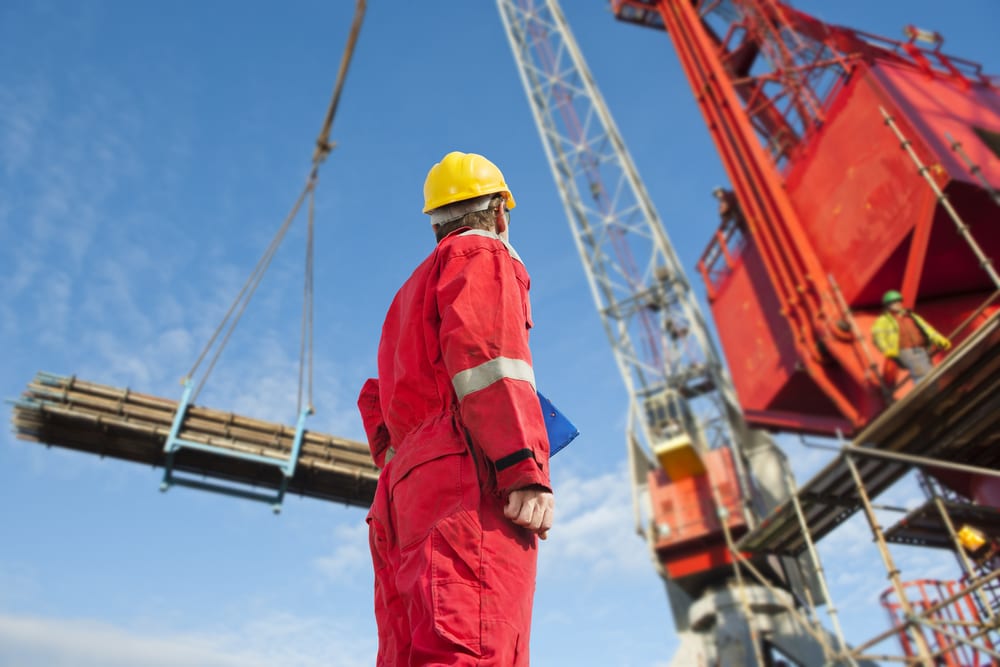
When it comes to heavy machinery like cranes and related equipment, safety is of paramount importance. Among those who operate cranes regularly, there are several areas of crane safety that must be maintained, helping prevent accidents and keep everyone in the general area, not just the operator themselves, safe from hazards.
At Mountain Crane Service, we’re proud to not only offer a wide-ranging fleet of commercial crane rentals, including hydraulic cranes, tower cranes, crawler cranes and more, but also to provide numerous resources and assistance when it comes to safety. All our crane operators are certified with the Certification of Crane Operators (NCCCO), and we’ll maintain complete safety on your jobsite across a number of important areas. What are some of these most vital areas for crane safety, and why does everyone working in the vicinity of the crane need to be aware of them? Here’s a general primer.
Before we get into some of the specific areas of safety that must be met in crane projects, we should go over the risks of any lacking safety procedures. Crane accidents are major events, causing thousands of injuries and sometimes even fatalities every year. Even the most seasoned crane operators can make mistakes on occasion, so everyone working in their general area needs to be aware of some key areas of risk that could lead to accidents.
Having an equipment malfunctions is one common cause for many accidents on construction sites. Malfunctioning parts which attach to the crane — such as the hook, rope, load block and more — can become dislodged at a high speed. Operators need to be ready for this, always watching the parts closely and making sure that nothing is loose or getting in an unsafe position where it could cause problems.
Our next several sections will go over the distinct areas that must be considered for comprehensive crane safety.
Cranes involve significant amounts of electricity in various different ways. Cranes may use electricity in the cab for equipment and in order to operate, but they also require a large amount of external power when they’re in use in order to run all the functions and components that allow them to move freely and lift heavy loads.
Having an electrical malfunction can cause serious hazards on or near cranes. Some common electrical hazards to watch out for include the following:
In addition to looking out for these hazards, many such jobs will require local utility technicians to mark off overhead lines and any other electrical hazards that are present. Cranes also must be fitted with specific equipment for dealing with overhead power lines, so operators who work on these jobs need to be aware of the process and precautions that are being taken to keep everyone safe.
Another hazard type to be aware of when it comes to crane safety is that of falling or dislodged loads. While cranes are equipped for holding metal and other materials, there may be incidents where accidents occur and load handling components become damaged. If the hook holding a load becomes loose or damages part of the crane itself, this can cause problems when lifting already-loaded items.
Through a combination of periodic inspections and proper training, such incidents can be prevented. Operators and crane technicians will inspect the load-holding components for wear often and take steps to correct any deficiencies they may find.
Given their size and weight, cranes also present a hazard for those who work around them. Those responsible for crane operation should be aware of potential hazards for people and property and keep a safe distance from any such areas during operations.
Largely due to the swinging movements of the crane, it’s possible for people nearby to be struck by the boom or counterweight of a crane. As with falling loads, making sure that cranes are properly secured and operated during all phases is extremely important to prevent accidents like these.
Finally, the actual transportation of cranes to and from jobsites is another major aspect of crane safety that must be considered. For cranes that are transported on semitrailer units, there should always be enough clearance and space to safely move them. The height of the trailer unit itself is checked by regulation and checked again during load-up with the crane in order to avoid hazards with overhead traffic objects or potentially low bridges.
Cranes should also be properly secured while in transport to avoid any movement or shifting of the load. Workers who are responsible for checking and overseeing these cranes must take steps to know how this is done correctly before signing off on them.
For more on how to maintain safety around cranes at all times, or to learn about any of our quality crane rental programs or services, speak to the staff at Mountain Crane Service today.

Mountain Crane offers one of the largest fleet of cranes in the Mountain West! Our diverse fleet has the right crane for your job!